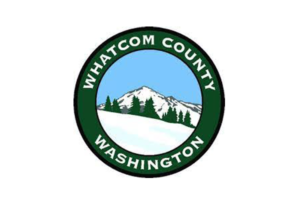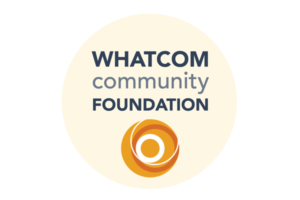Food systems are made up of people engaged in creation, commerce, and community from production to consumption. For any food business, policy, or plan to be viable, it must take into account the influence, needs, roles, and impact of all stakeholders in that ecosystem. Engaging a diverse set of stakeholders to assess the internal and local food landscape, develop optimal organizational models, and establish effective implementation plans can bring enterprise and program strategies to fruition with strong regional support. This support is critical to the success of these projects.
Here is a simple way to get started in engaging the stakeholders that may be critical to the success of your project.
1. Identify your stakeholders
One of the first questions we ask our clients is, “Who else needs to be involved in the project?” While many have already identified partners, we suggest scanning the landscape again to make sure the voices informing the project reflect everyone impacted.
The term stakeholder is used as a general term to describe individuals, groups, or organizations that are interested in the project and can mobilize resources to affect its outcome in some way. Understanding who has a stake is one way to develop a more holistic perspective. It helps illuminate the context in which a project exists and how it is interrelated to other efforts in a given area.
If we expand our perspective to include those who can influence or be impacted by a project not only at its start but also in the future, the list can become quite large. Keep in mind that not all stakeholders need to be involved in all aspects of the project in all of its lifecycle phases.
Types of Stakeholders
- Food-Related Businesses: Those who will contribute to a key component of the project and those that make up the food environment landscape.
- Community Organizations/Nonprofits: Those who provide direct service. They often provide insight into neighborhoods, demographics, and specific groups.
- Public Officials: Those who can leverage capital, policy, and development priorities.
- Education Institutions (schools, universities, training programs): Those who provide related education, technical assistance, and workforce development.
- Funders/Foundations: Those who provide financial investment and want confidence their money will be effectively spent.
- End Users: Those who will utilize the facility in some capacity (entrepreneurs, farmers, buyers, etc.).
- Public: Those who will be indirectly impacted by the project (those who live in the neighborhood, service providers, beneficiaries, etc.).
2. Clarify the key stakeholders and their contributions
The next step is to identify key stakeholders, those who determine the success or failure of the project, by answering two questions: How much does the project impact them? (Low, Medium, High) and How much influence do they have over the project? (Low, Medium, High). Knowing the range of each person’s stake in influence and impact can ensure equitable input and representation. Sometimes it is easy to overlook those who are greatly impacted and overemphasize those who are making significant financial contributions.
Classify key stakeholders by the type of contribution they provide, or how they “D.A.N.C.E.” Some can have multiple classifications.
How Stakeholders D.A.N.C.E.
- Decisions – they control or influence the project budget
- Authority – they provide permission to proceed
- Need – they directly benefit from or are impacted by the project
- Connections – they remove roadblocks or exert influence when needed to ensure project success
- Energy – their positive or negative energy could affect project success
3. Create a project communication strategy
Knowing how a stakeholder contributes to a project is essential to understanding how they should be engaged. And engagement is two-way. An often forgotten step is the need to relay information in a timely manner to stakeholders during the project lifecycle. Creating and sticking to a communication plan will improve buy-in throughout the project and reduce communication gaps that can hinder progress.
Don’t forget: Building stakeholder relationships takes time. And work. However, identifying stakeholders and their roles early in the project is instrumental to its sustainability. Funders often ask, “What is your sustainability plan?” Or reading between the lines: “What is your guarantee that this project will not exist in a silo?”
Funders are more comfortable supporting a project with several voices and support from many facets of the community. To many this is a requirement. They see it as an opportunity for a community to come together to address critical problems and propose solutions that benefit more people and can have multi-purpose impact.
Image: fizkes / Shutterstock



